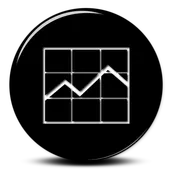Disclaimer: Educational Use Only
The content provided by Grok Trade, LLC—including courses, videos, training, and market analysis—is for educational purposes only and should not be considered financial, investment, tax, or legal advice. Grok Trade and its contributors are not registered investment advisers, broker-dealers, or financial planners. Trading involves risk of loss, including the potential for total loss of capital. Past performance does not guarantee future results, and hypothetical or simulated outcomes have limitations. Examples are for illustration only. You are solely responsible for your trading and investment decisions. Grok Trade makes no guarantees regarding accuracy or completeness and disclaims liability for any losses incurred from reliance on our content. Always consult a licensed financial professional before making financial decisions. Use of this site means you accept these terms.



